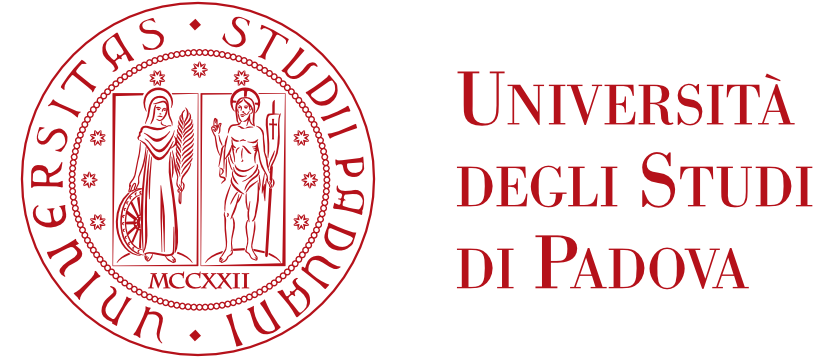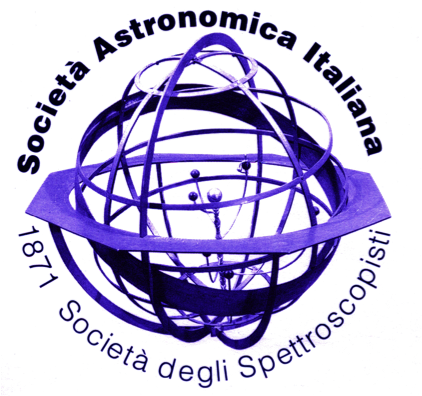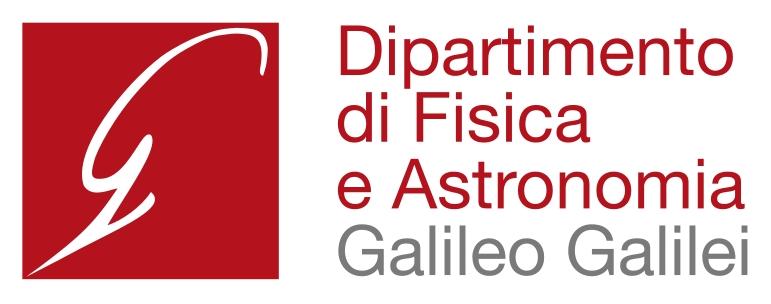An Extraordinary Journey Into The Transient Sky:
from restless progenitor stars to explosive multi-messenger signals
A conference in honour of Enrico Cappellaro, Massimo Della Valle, Laura Greggio, Massimo Turatto
We are delighted to announce the conference: “An extraordinary journey into the Transient Sky: from restless progenitor stars to explosive multi-messenger signals. A conference in honour of Enrico Cappellaro, Massimo Della Valle, Laura Greggio and Massimo Turatto”, which will be held from 1st to 4th April 2025, in Padua (Italy).
Supernovae play a key role in various issues in modern astronomy and cosmology. Current surveys have given an enormous boost to the study of transients and supernovae in particular, and it is essential to discuss the state-of-the-art before entering a golden age of the study of the transient Universe. Thanks to the synoptic surveys that will monitor every night the entire visible sky, from optical to radio, and the new-generation instrumentation that will make it possible to observe all the messengers associated with supernova explosions, from photons to neutrinos, from high-energy particles to gravitational waves, it will finally be possible to have both a statistically significant sample of events and a very detailed overview of individual events.
The study of supernovae in the Italian scientific community began in the 1960s with the work of Leonida Rosino and Roberto Barbon and subsequently received a great impulse thanks to Enrico Cappellaro, Massimo Della Valle, Laura Greggio and Massimo Turatto, who studied in Padua in the same years. With this international conference, we intend to celebrate their retirement by recalling their important contribution to the study of supernovae and discussing the still open challenges that we are ready to take up.
Reviewing the trajectory of our honorees, we will touch on topics such as the progenitors of supernovae, the search for supernovae and their rates, the supernova class zoo, supernovae in connection with gamma-ray bursts, and supernova observations in the age of multi-messenger Astronomy.
With patronage from
 |
 |
 |
 |

